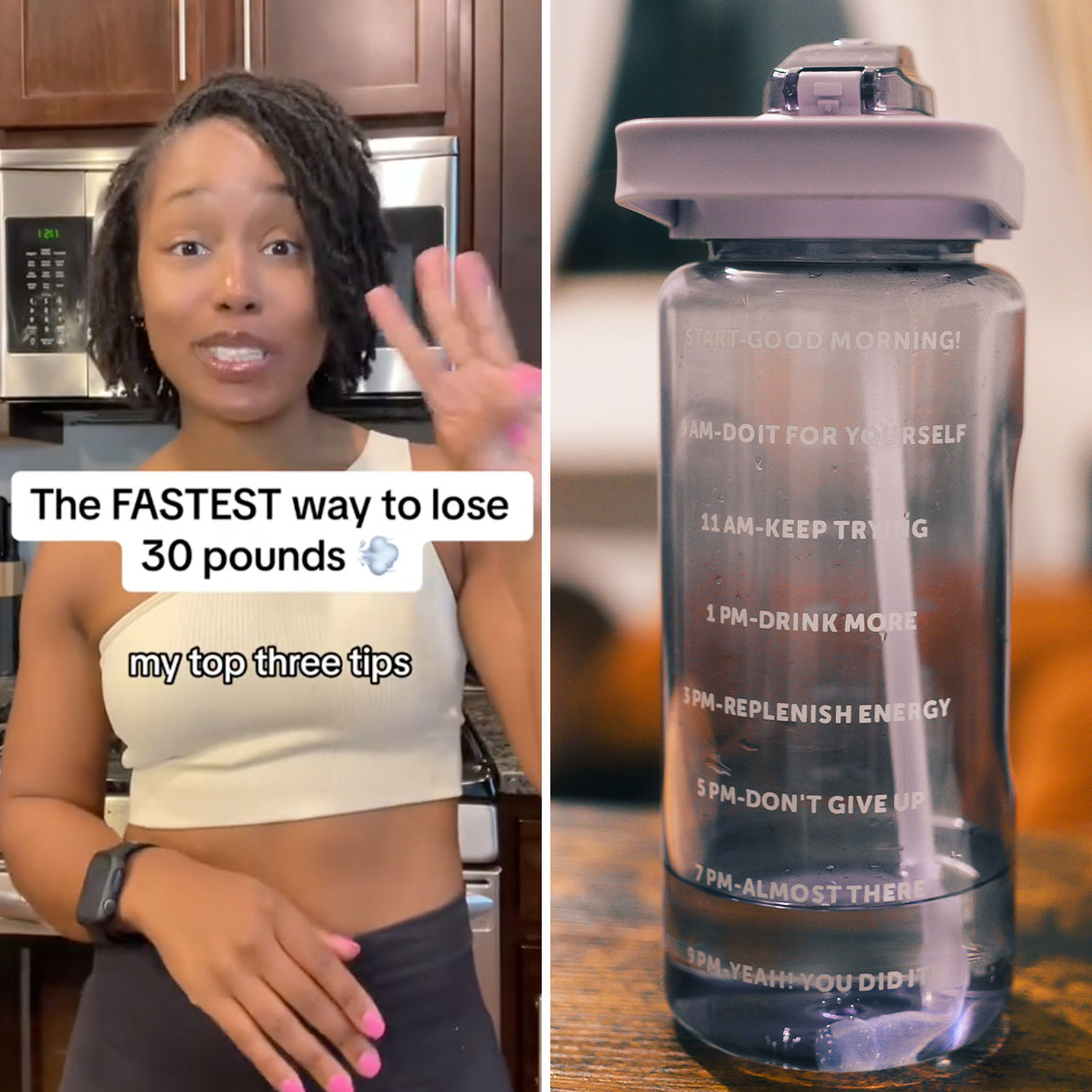Visceral fat is the type of fat that surrounds your internal organs. This fat can pose a serious risk to your health and is linked to various conditions such as heart disease, diabetes, and inflammation. Subcutaneous fat lies just beneath your skin, but visceral fat is more concerning because it impacts vital bodily functions.
Diet and overall lifestyle are important, but there are also certain exercises out there that can help with burning visceral fat faster.
We checked in with Andrew White, a certified personal trainer and co-founder of GarageGymPro.com, to learn about three exercise methods that can help shed visceral fat faster. According to White, high-intensity interval training (HIIT), aerobic exercise (cardio), and strength training are the ones to consider. Read on to get all his insights.


High-Intensity Interval Training (HIIT)
HIIT elevates your heart rate, boosts metabolism during the workout, and even for hours afterwards! This leads to a higher calorie burn even at rest.
White elaborates on this and adds, "HIIT involves short bursts of intense exercise followed by brief recovery periods. For example, you might sprint for 30 seconds and then walk for 60 seconds, repeating this cycle for 15–20 minutes. Research suggests that performing HIIT workouts three times a week can significantly reduce visceral fat over 12 weeks. The intense effort increases your metabolism, allowing you to burn more calories even after the workout is over—a phenomenon known as the afterburn effect." Noted!
READ MORE: HIIT Exercises That Can Help You Tone Up Faster, Trainers Say

Aerobic Exercise (Cardio)
Cardio exercises such as running, swimming, cycling, and brisk walking elevate your heart rate and help to burn a significant amount of calories. With time, this calorie deficit will lead to fat loss, including the visceral fat.
White states, "Traditional cardio exercises like running, cycling, and swimming reduce visceral fat. The American Heart Association recommends at least 150 minutes of moderate-intensity aerobic activity per week, which breaks down to about 30 minutes a day, five days a week."
He further says, "Consistently following this guideline can lead to noticeable decreases in visceral fat over several months. Many clients I've worked with have seen reductions in waist circumference, a good indicator of losing harmful abdominal fat."

Strength Training
Strength training helps to build lean muscle mass, which increases your resting metabolic rate. Since muscle burns more calories than fat, having more muscles helps your body burn more calories and shed more visceral fat.
White notes that "incorporating strength training into your fitness routine is essential for burning visceral fat. Lifting weights or using resistance bands builds muscle mass, increasing your resting metabolic rate. You burn more calories throughout the day, even when not exercising." He further adds how some studies have found that "combining strength training with aerobic exercise can reduce visceral fat more effectively than aerobic exercise alone. Aim for two to three weekly strength training sessions, each lasting 30–45 minutes."
The bottom line
Doing these exercises alone won’t get rid of visceral fat. White says that in order to see noticeable results, there are a few tips you should follow.
Being consistent will get you far, which is why he says to “aim for at least 300 minutes of moderate-intensity activity or 150 minutes of vigorous activity each week.”
As far as diet, he recommends focusing on whole foods, lean proteins, and lots of vegetables. Don’t forget to cut back on processed foods and sugary items. It’s also important to stay properly hydrated; White says, “Drinking enough water aids digestion and can help control appetite. Aim for at least 8 cups (about 2 liters) of water daily.”
He suggests getting around 7-9 hours of “quality” sleep because "lack of sleep can disrupt hormones that regulate hunger and fat storage.”
Finally, keep those stress levels in check because too much stress can increase cortisol, “a hormone linked to increased visceral fat. Practices like meditation, yoga, or deep-breathing exercises can help reduce stress.”


























